|
What is a skill builder? A skill builder (Also known as a boot camp or media exploration) takes students through a series of quick techniques to introduce them to new materials. Skill builders provide a grand opening to a new unit or opening a new center within the TAB studio. After I taught my first skill builder, I discovered that skill builders are very impactful tools to expand students’ learning and development of ideas. How to design a skill builder? When I begin to design a skill builder, I ask myself the following: What are the essential skills and techniques that students will need to be successful? By compiling a comprehensive list of techniques, I then strategically narrow it down to a selection of four to eight skills that will be directly taught. The determination of how many skills to cover relies on various factors such as the age of the students and the duration of class time. For primary students and shorter class periods, focusing on four skills proves to be sufficient. However, middle school students who have longer class periods at their disposal, include up to eight skills. I also decide if students will use a blank paper or worksheet. A worksheet is best for primary students and/or short class periods, and accommodating students with needs. What are the essential skills and techniques that students will need to be successful?" How to instruct a skill builder? Efficiently instructing the skill builder will require an optimal amount of time. I prepare table boxes with pre-cut and made materials for students to use with their needed tools. This eliminates any unnecessary delays, allowing the class to dive right into the skill-building activity. Additionally, I ensure that all necessary resources are available, including a well-prepared slideshow that provides pictures of each technique for students. To facilitate a clear demonstration, I make use of a document camera, which allows me to showcase techniques with clarity. Throughout the instruction, I am mindful of the "I do, We do, You do" approach developed by Madeline Hunter, which outlines the progressive stages of learning. By employing guided practice during the instruction, students are gradually empowered to work independently, honing their skills and acquiring the required practice. This will give students the fundamental scaffolding needed for them to succeed on their own. (Here is a wonderful explanation of “I do, We do, You do” from the Owl Teacher.) For “I do”, I demonstrate two techniques, explain my thinking or any other pertinent information that students will need to know about the material. This is modeling my thinking and process for them. I, then, tell students that it is their turn. During the “We do” phase, I am moving around the room and observe how students complete the task. I provide any necessary feedback or help. I repeat this process until all the assigned skills are complete. Then, I tell students that it is their turn! They get to create two new techniques on their own and name them. This provides students with time to play and experiment. STEM Integration To add a variation for STEM, I instruct a skill builder before a STEM challenge to help build students' confidence and knowledge with materials. When entering the “I do” and “We do” phases of the instruction, I don’t demonstrate to my students all the techniques. I will demonstrate one or two and then give my students the challenge of finishing on their own. I encourage students to use collaborative problem-solving to complete the skill builder. This encourages teamwork, and critical thinking, and reinforces the concepts. Integrating skill builders with STEM challenges enhances students' confidence, knowledge, and problem-solving abilities." In conclusion, designing a skill builder is a powerful tool for expanding students' learning and fostering the development of new ideas. By carefully selecting essential skills and techniques, educators can create impactful learning experiences. Considering factors such as students' age, class duration, and individual needs, a focused set of four to eight skills can be taught effectively. Providing the necessary resources and employing the "I do, We do, You do" approach facilitates gradual learning and empowers students to work independently. Additionally, integrating skill builders with STEM challenges enhances students' confidence, knowledge, and problem-solving abilities. By incorporating collaboration and critical thinking, skill builders become not only an introduction to materials but also a means to reinforce concepts and promote teamwork. Skill builders offer students a platform to explore, experiment, and build the foundation necessary for their future success. Get a free skill builder worksheet below:
0 Comments
Leave a Reply. |
|||||||
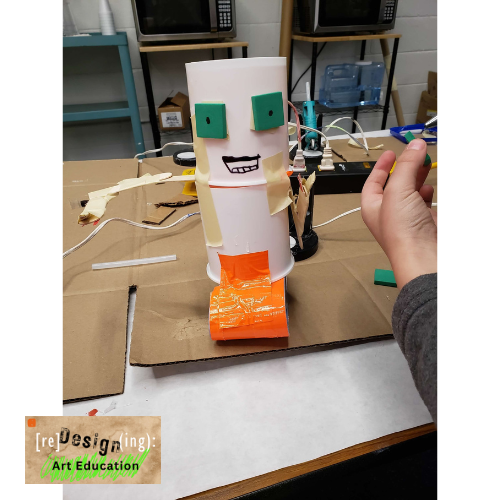
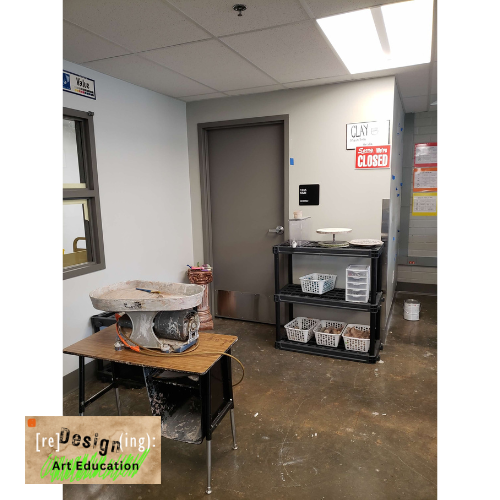
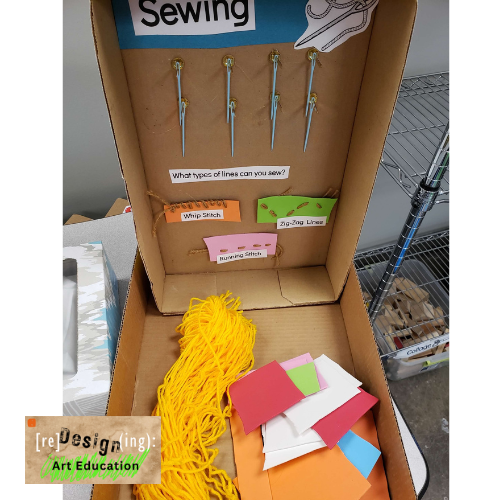

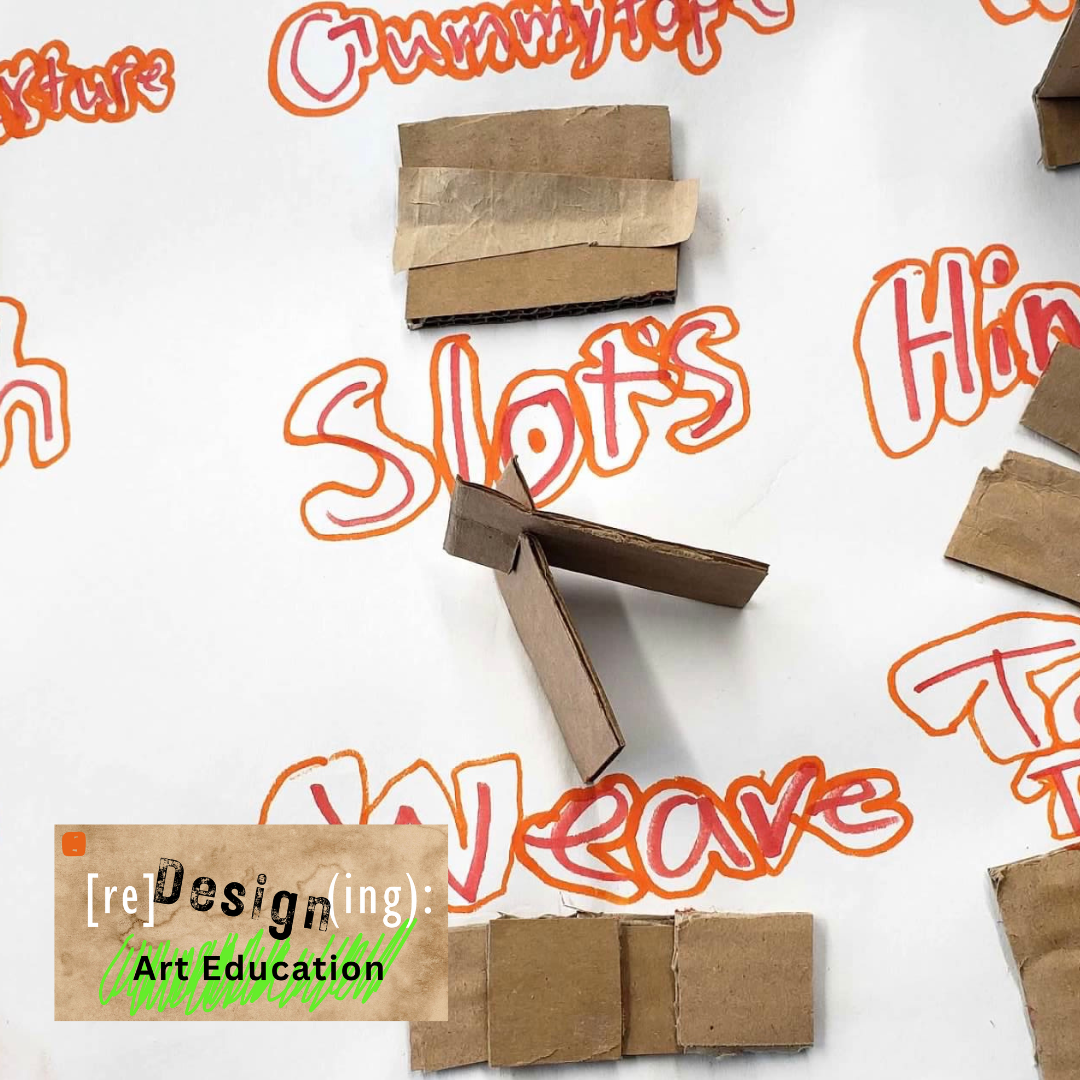
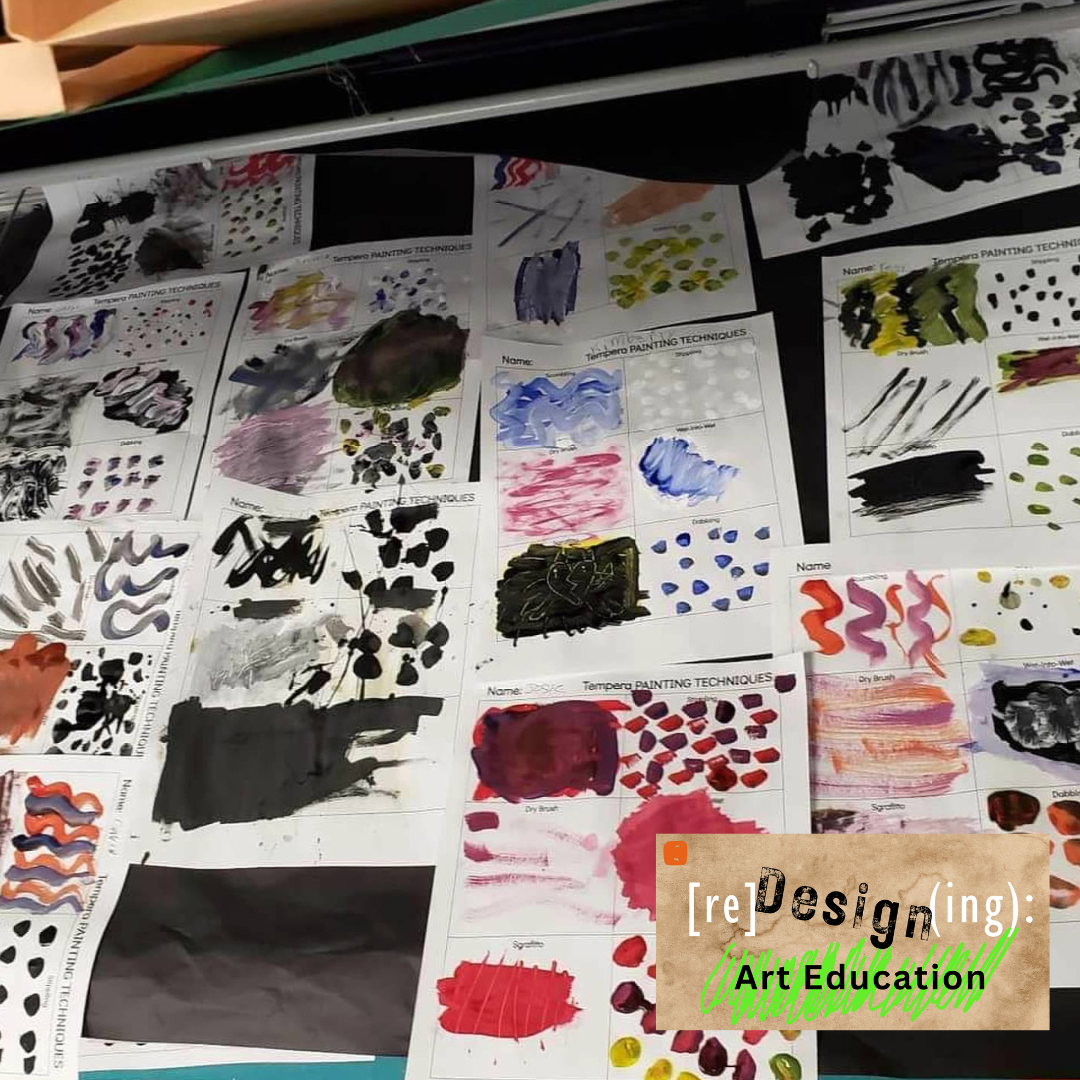

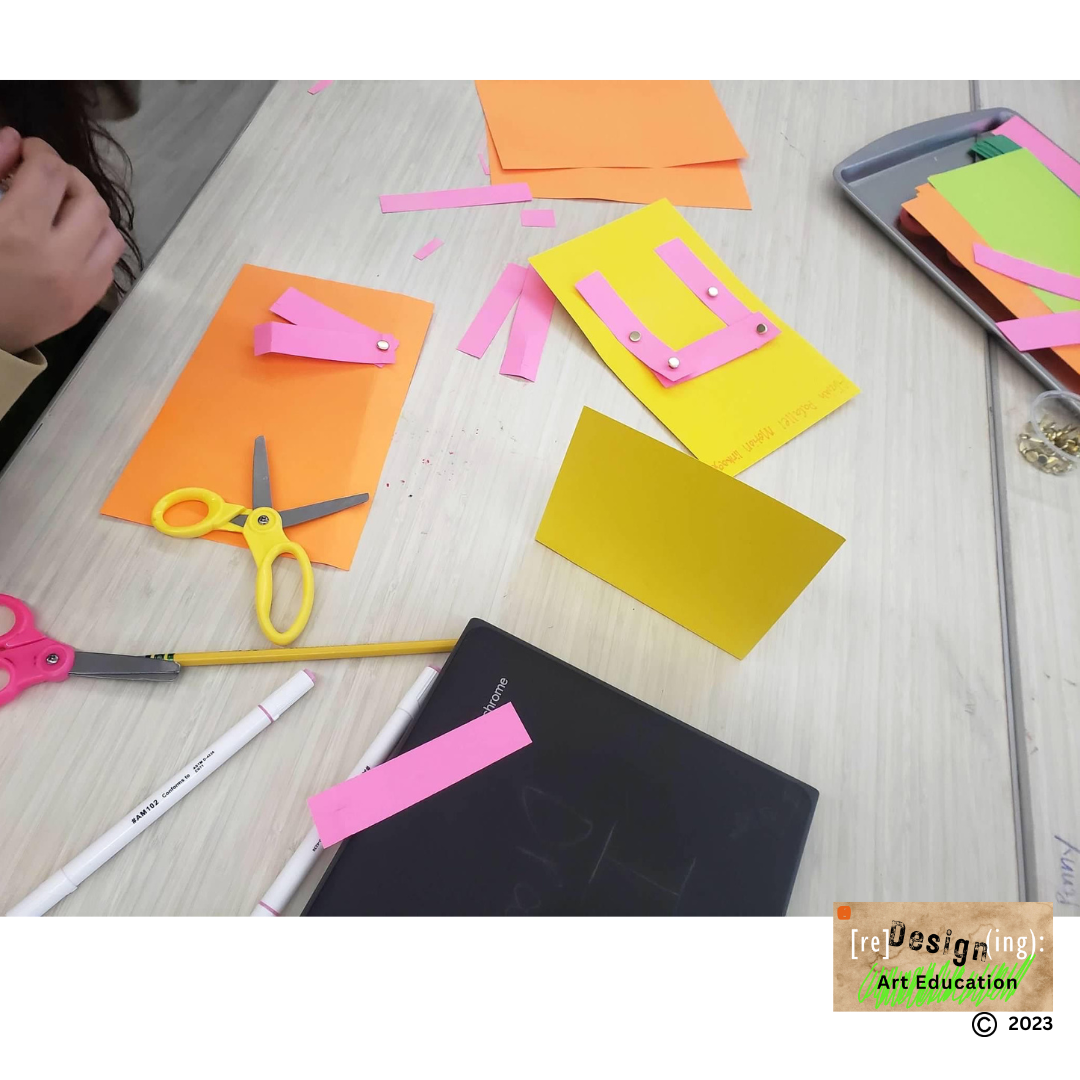
 RSS Feed
RSS Feed